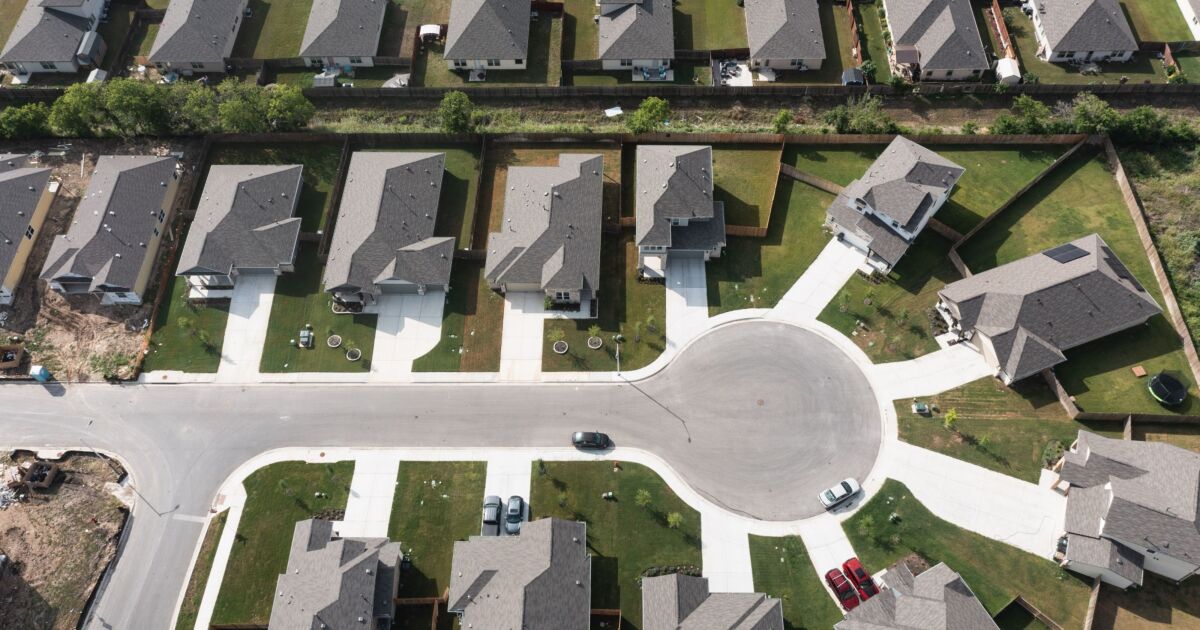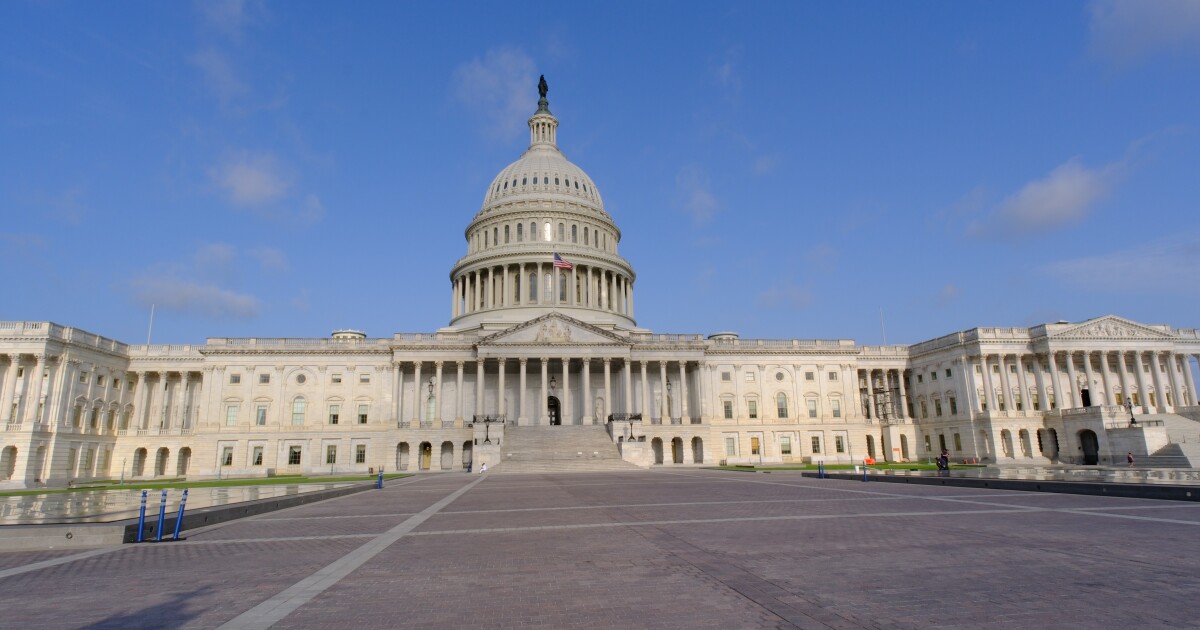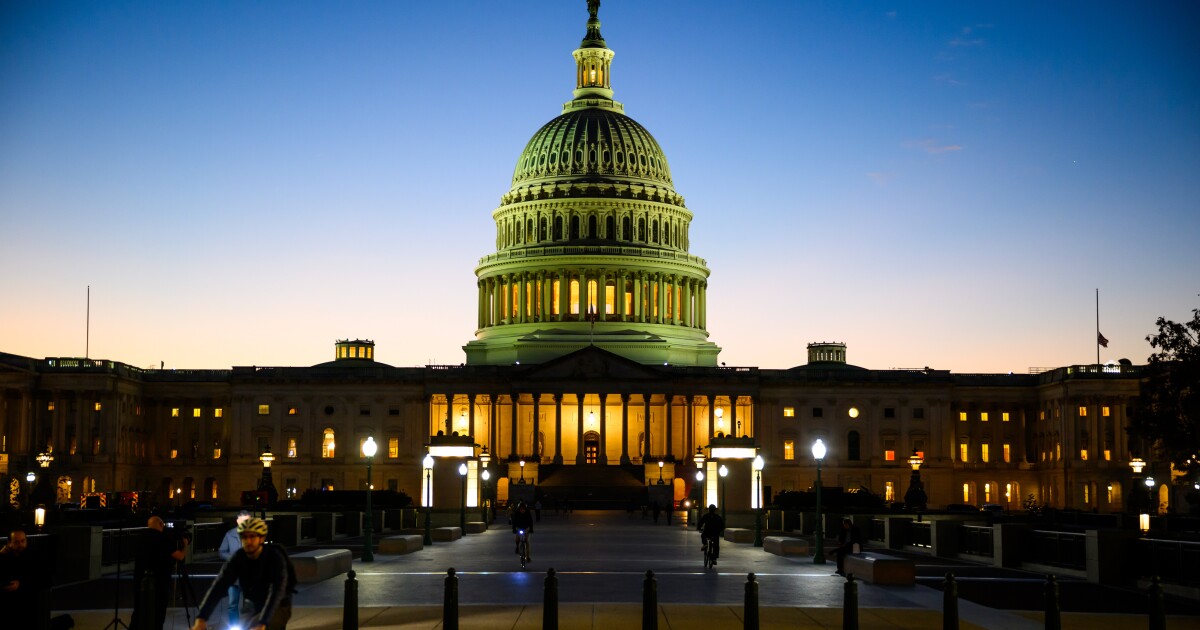
Home buyers increased their engagement with digital lending tools earlier this year, resulting in a higher number of interactions and applications as well as shortened turnarounds between pre-approval and loan submission.
In the first quarter, borrowers generated 37.8% more pre-approvals than they did over the previous three months, according to the quarterly report from Lenderlogix. The activity pushed the average number of pre-approval letters per loan officer up to 26.5 from 23 in fourth quarter 2024.
Consumers looking to purchase were also more digitally active in the post-application period compared to the end of 2024, Lenderlogix said. The software provider tracked borrowers' behavior through their use of its various platforms.
The heightened activity
"Borrowers are entering the market with intent, and their use of digital pre-approval tools reflects a growing emphasis on speed and preparation in today's competitive environment," he said in a press release.
Customers who proceeded to the lending stage obtained eight pre-approval letters on average before submitting an application. New mortgage applications coming through Lenderlogix's point-of-sale platform grew 54% between fourth quarter 2024 and the first three months this year.
Meanwhile, the conversion rate from pre-approval to application inched up to 55% from 54%.
Elevated borrower engagement appeared even as volatile interest rates applied downward pressure on the purchase market. At the same time, worries of a tariff trade war may have spurred demand among some consumers, who chose
Interested buyers are demonstrating they are invested in the process, O'Brien continued. The average length of time between pre-approval and loan submission shrank from 91 days in last year's fourth quarter to 79.6 days in 2025's first.
"We're seeing signs of increased urgency and lender responsiveness, both of which point to a more active purchase market and continued adaptation to borrower expectations," he noted.
"Borrowers are clearly staying engaged throughout the early stages of the homebuying journey,"
Their willingness to engage on lending technology platforms extends beyond application submission into the underwriting process. The latest data also showed "meaningful improvements in post-application engagement."
The volume of document uploads on Lenderlogix's platforms post application accelerated 48% quarter to quarter. Among the processes seeing the largest growth rates was income and employment verification, which increased to 15.5% of first-quarter applications from 6.5% three months earlier. Similarly, digital asset verification grew to 36.7% from 33.1% quarter to quarter.
Previous surveys have consistently shown
Elsewhere in Lenderlogix's quarterly report, the data showed the mean pre-approval loan amount rising 1.3% to $326,714 from $322,532. Average sales prices in the pre-approval stage also increased 1.4% to $381,820 from $376,436.
Average down payments in the first quarter edged up to 14.4% of the sales price from 14.3% three months earlier.
Conventional mortgages backed by Fannie Mae or Freddie Mac accounted for 74.3% of pre-approved loans. Among government-sponsored applications, Federal Housing Administration-guaranteed activity made up 19.1%, while pre-approval letters for mortgages sponsored by the Department of Veterans Affairs or U.S. Department of Agriculture represented 4.5% and 1% shares, respectively.



